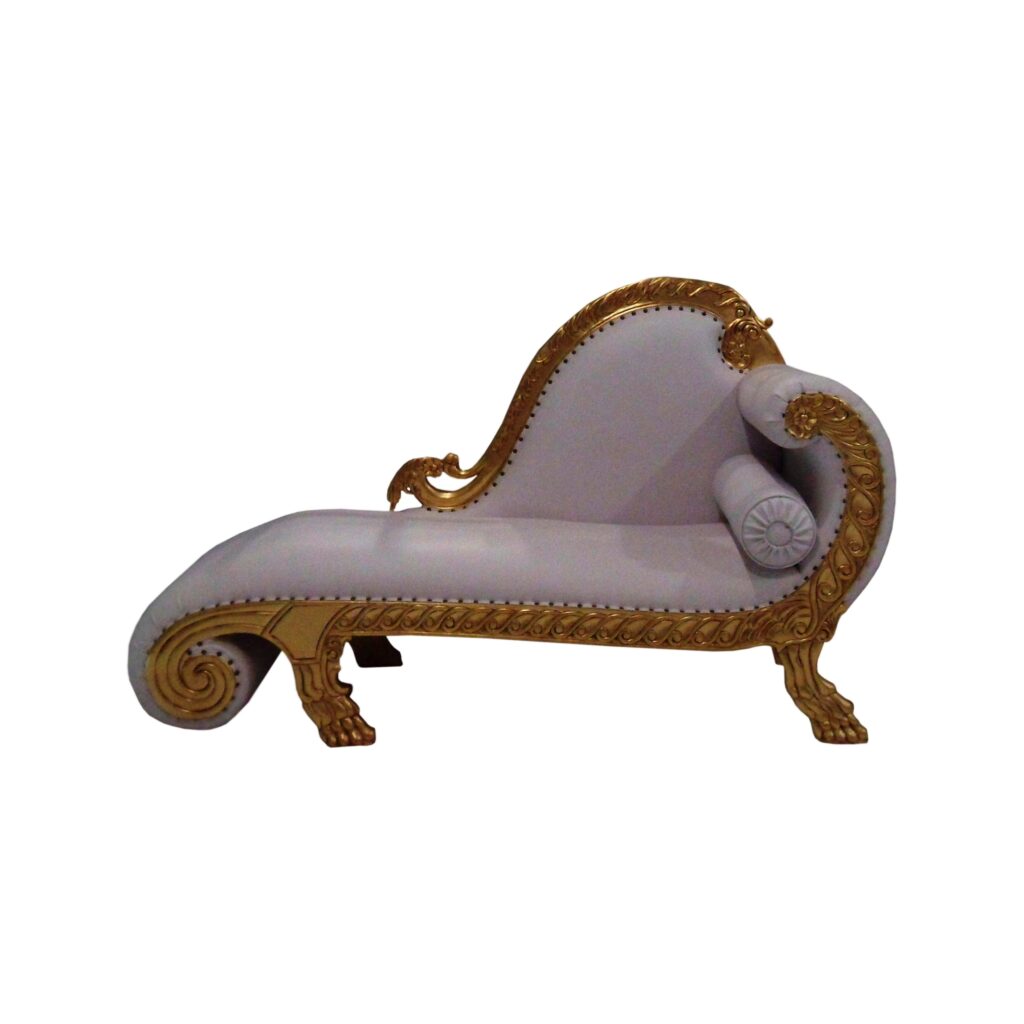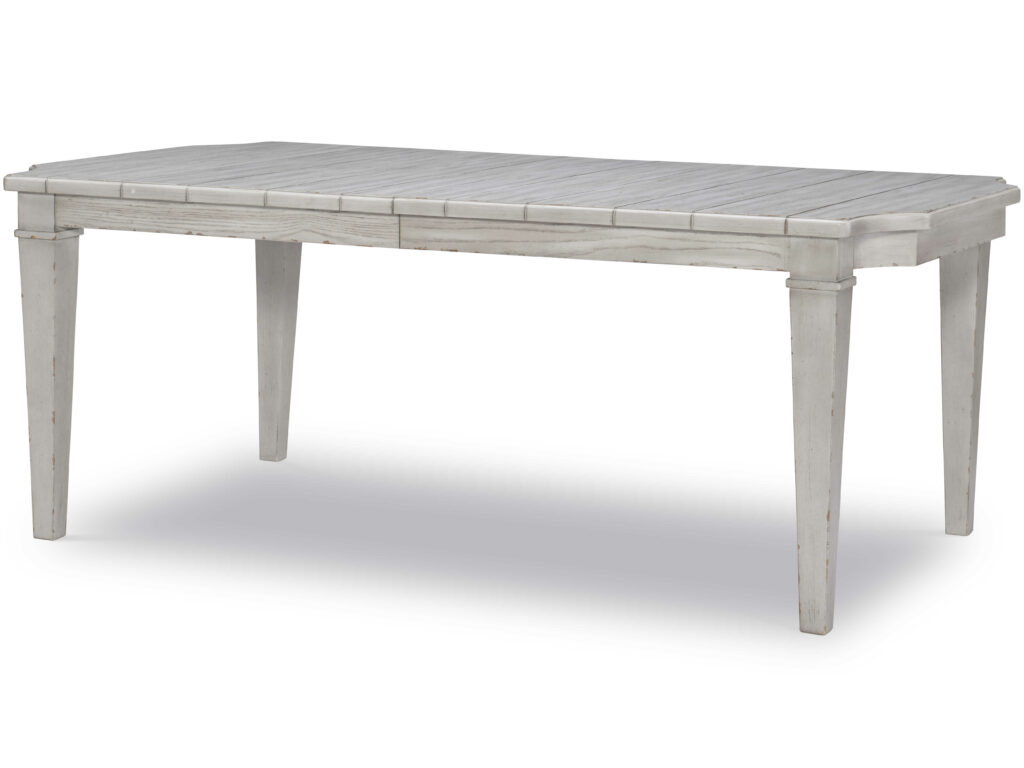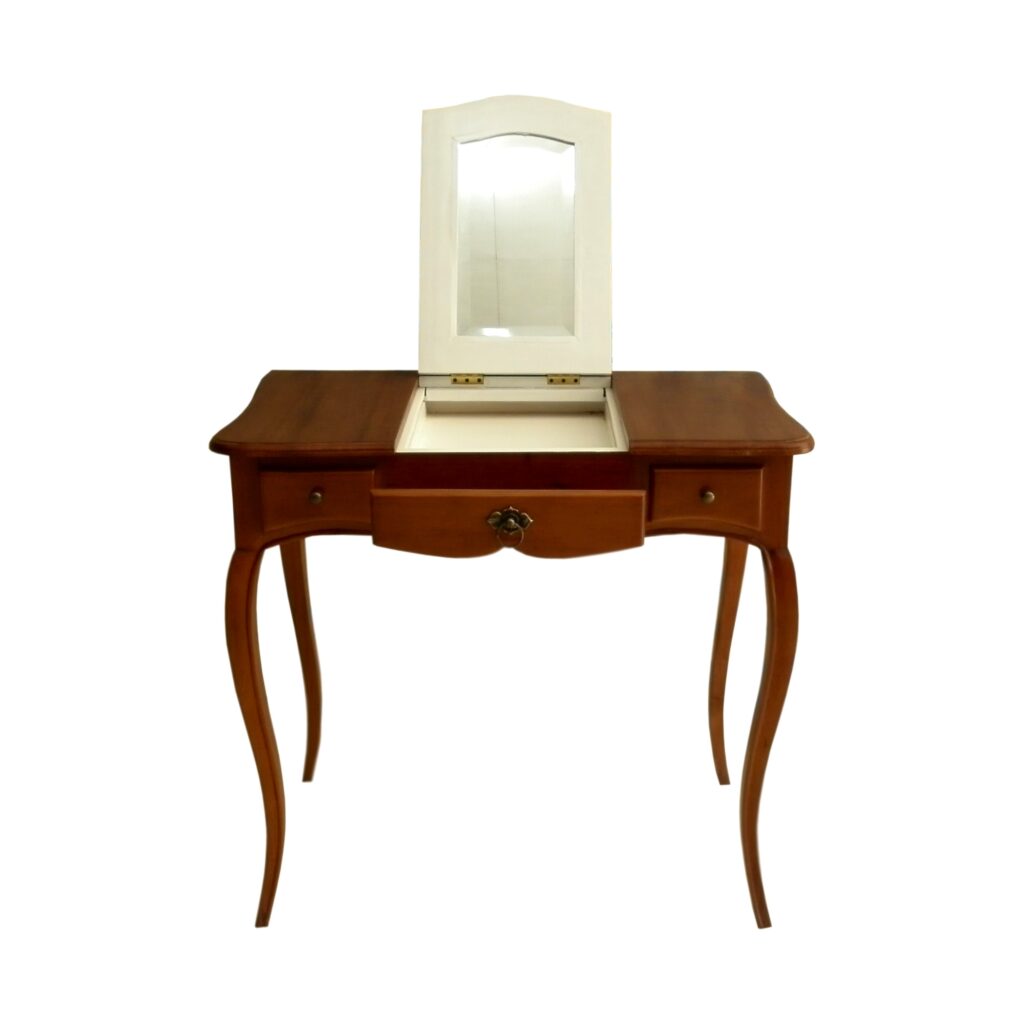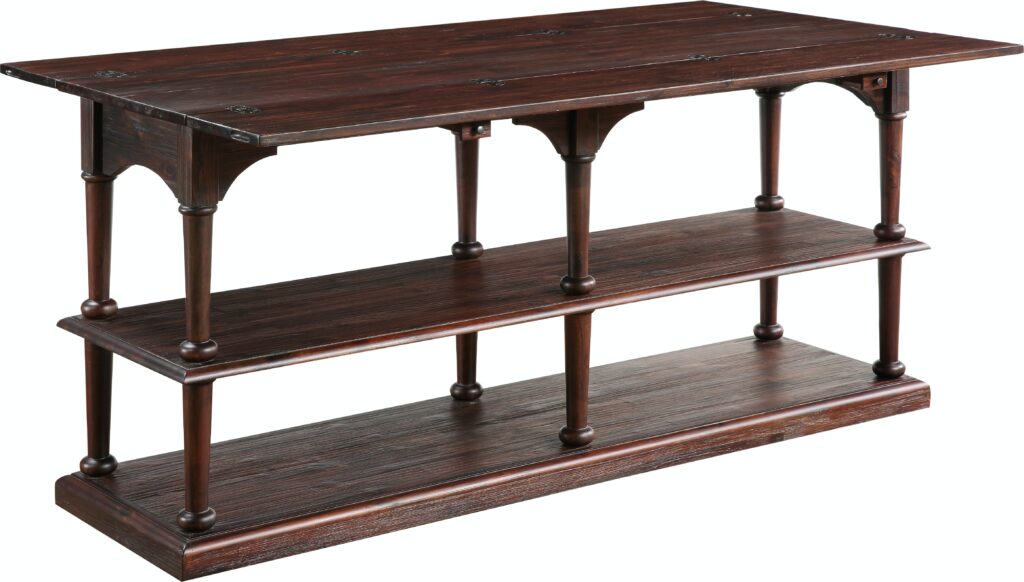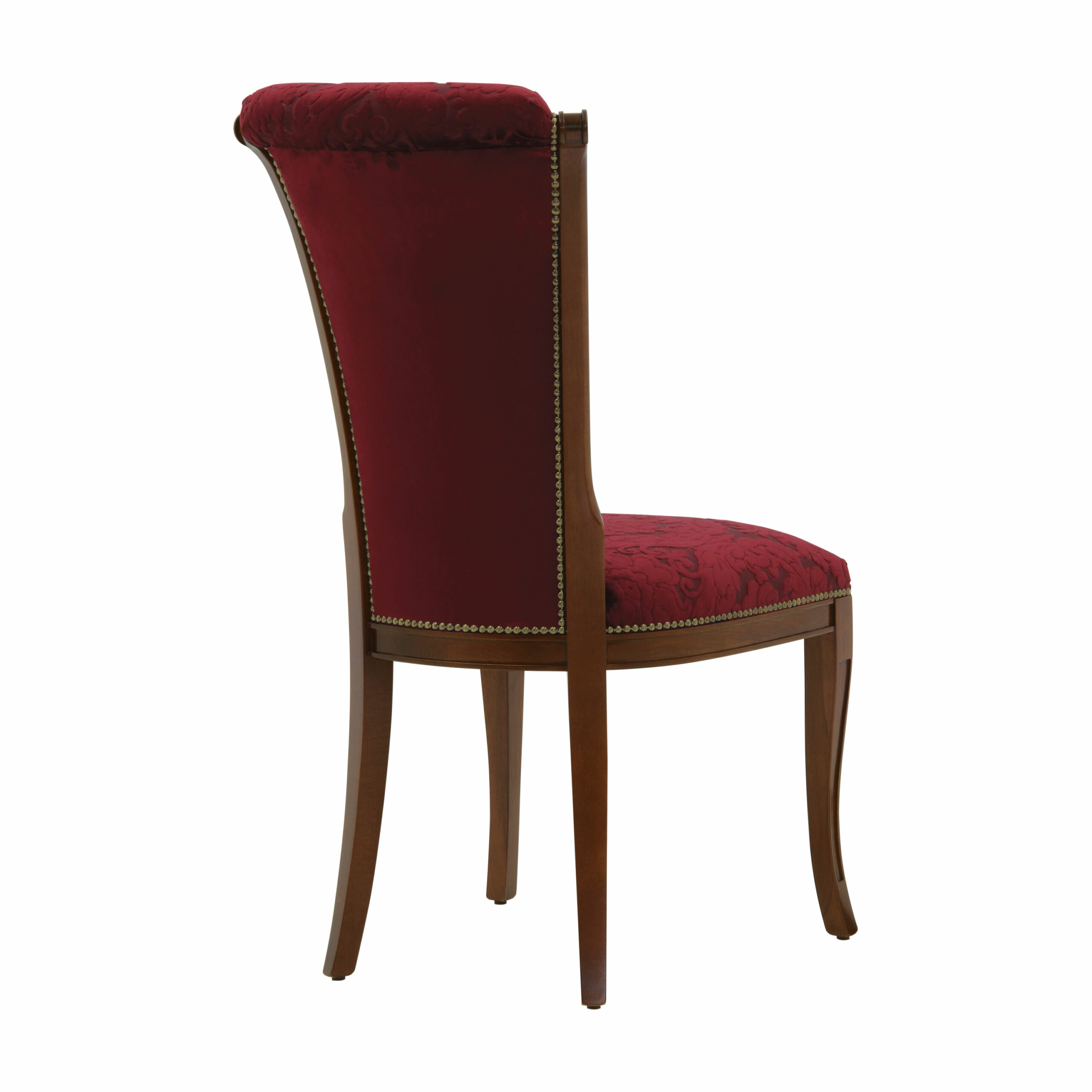
A Brief History of Classical Furniture Styles
Classical furniture styles have their roots in ancient civilizations such as Egypt, Greece, and Rome. These styles have evolved over time, incorporating elements from various cultures and periods. Today, they continue to inspire modern classic interior design, offering a timeless appeal that transcends trends and fads.
In this article, we will explore seven classical furniture styles that have stood the test of time, and how they can be incorporated into modern classic interior design. We will also discuss the key characteristics of each style, as well as some popular long-tail keywords related to classical furniture.
1. Greek and Roman Furniture: The Foundations of Classical Design
Greek and Roman furniture styles are the foundation of classical design. They are characterized by their use of natural materials, such as wood, stone, and metal, as well as their emphasis on proportion, symmetry, and balance. Some popular long-tail keywords related to Greek and Roman furniture include “ancient Greek furniture,” “Roman furniture history,” and “classical Greek and Roman furniture.”
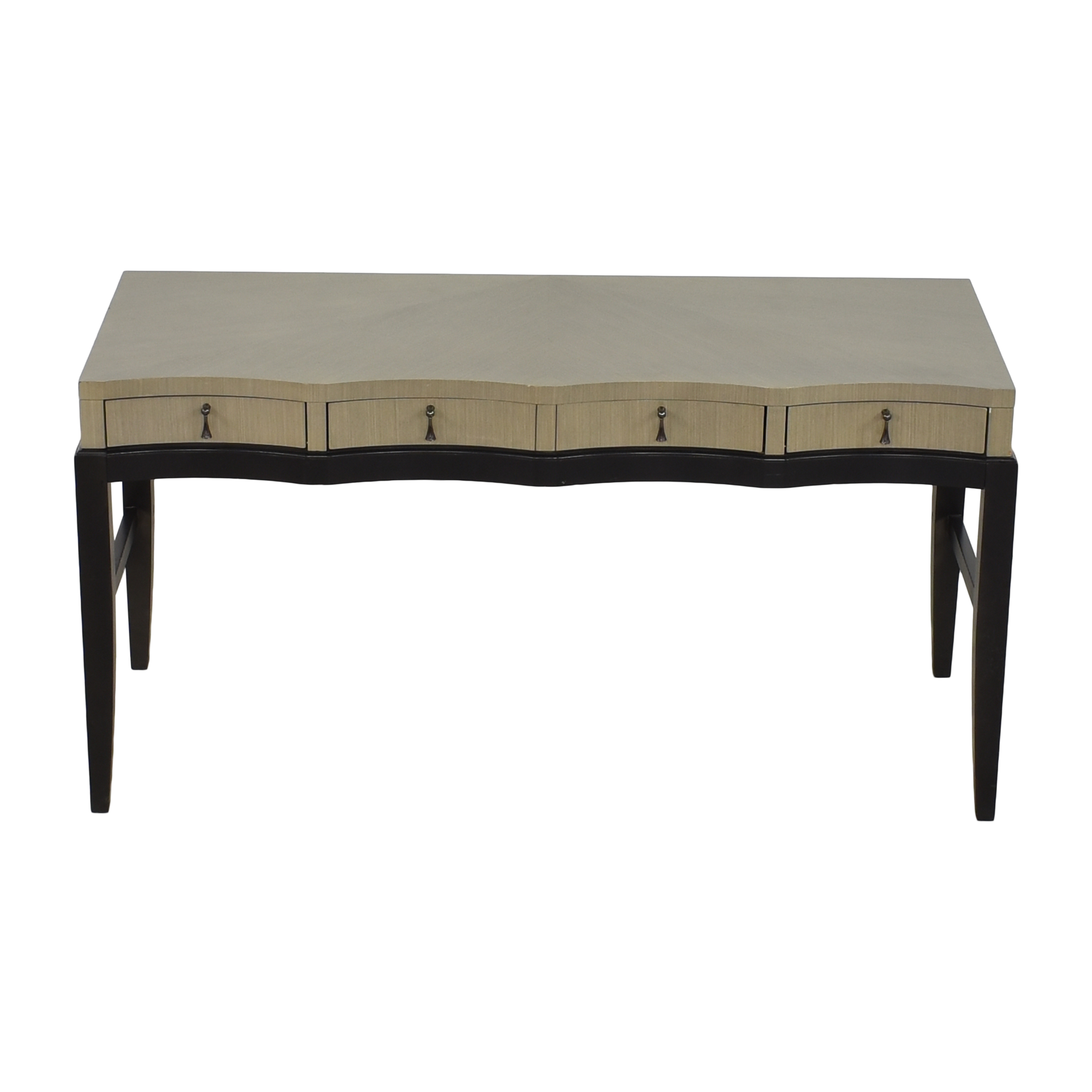
These styles can be incorporated into modern classic interior design by using furniture pieces with clean lines, simple shapes, and minimal ornamentation. For example, a Greek-inspired dining table with fluted legs and a marble top can be paired with modern upholstered chairs for a timeless and elegant look.
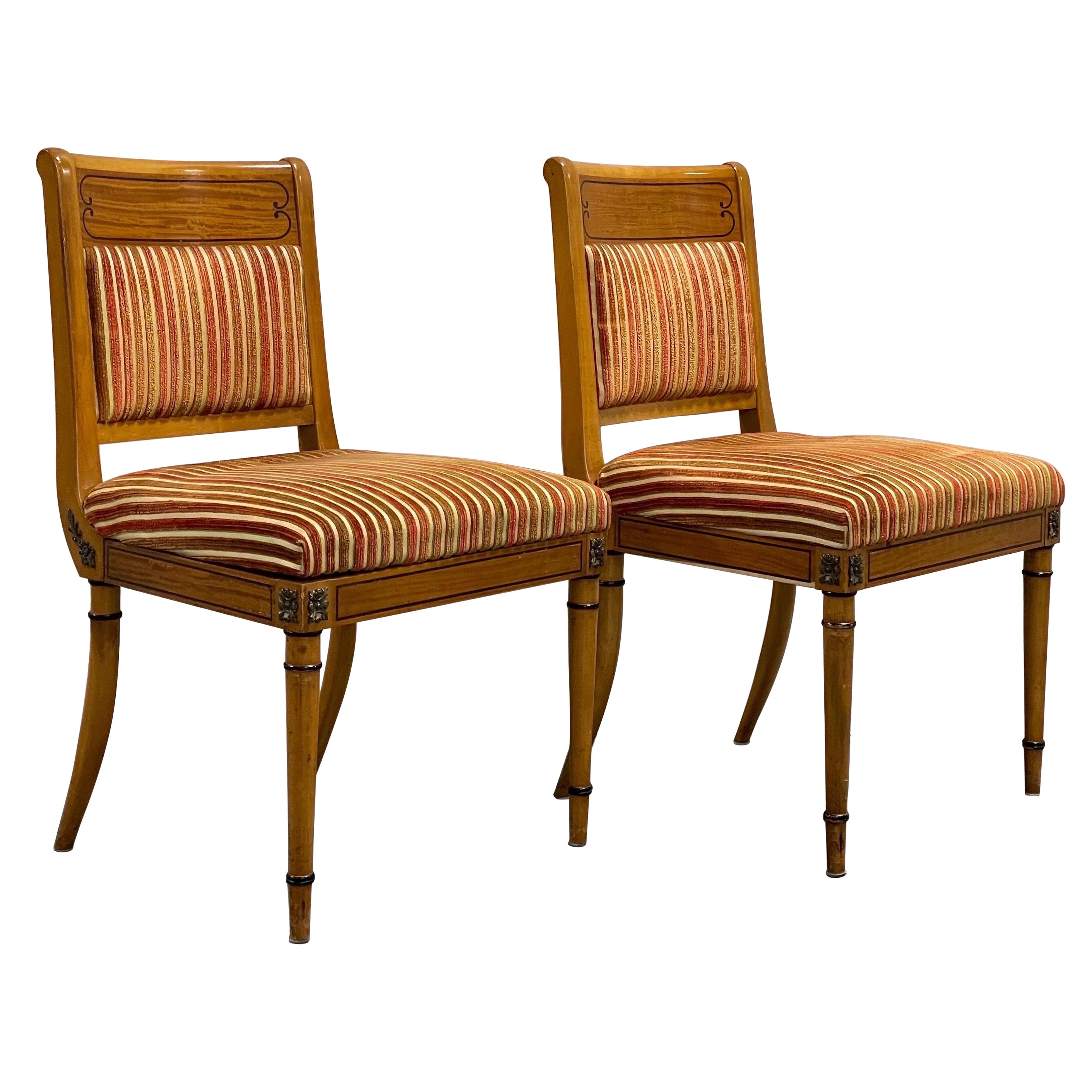
2. Gothic Furniture: Medieval Majesty
Gothic furniture originated in medieval Europe and is characterized by its intricate carvings, pointed arches, and ornate details. Some popular long-tail keywords related to Gothic furniture include “Gothic furniture history,” “Gothic revival furniture,” and “medieval Gothic furniture.”
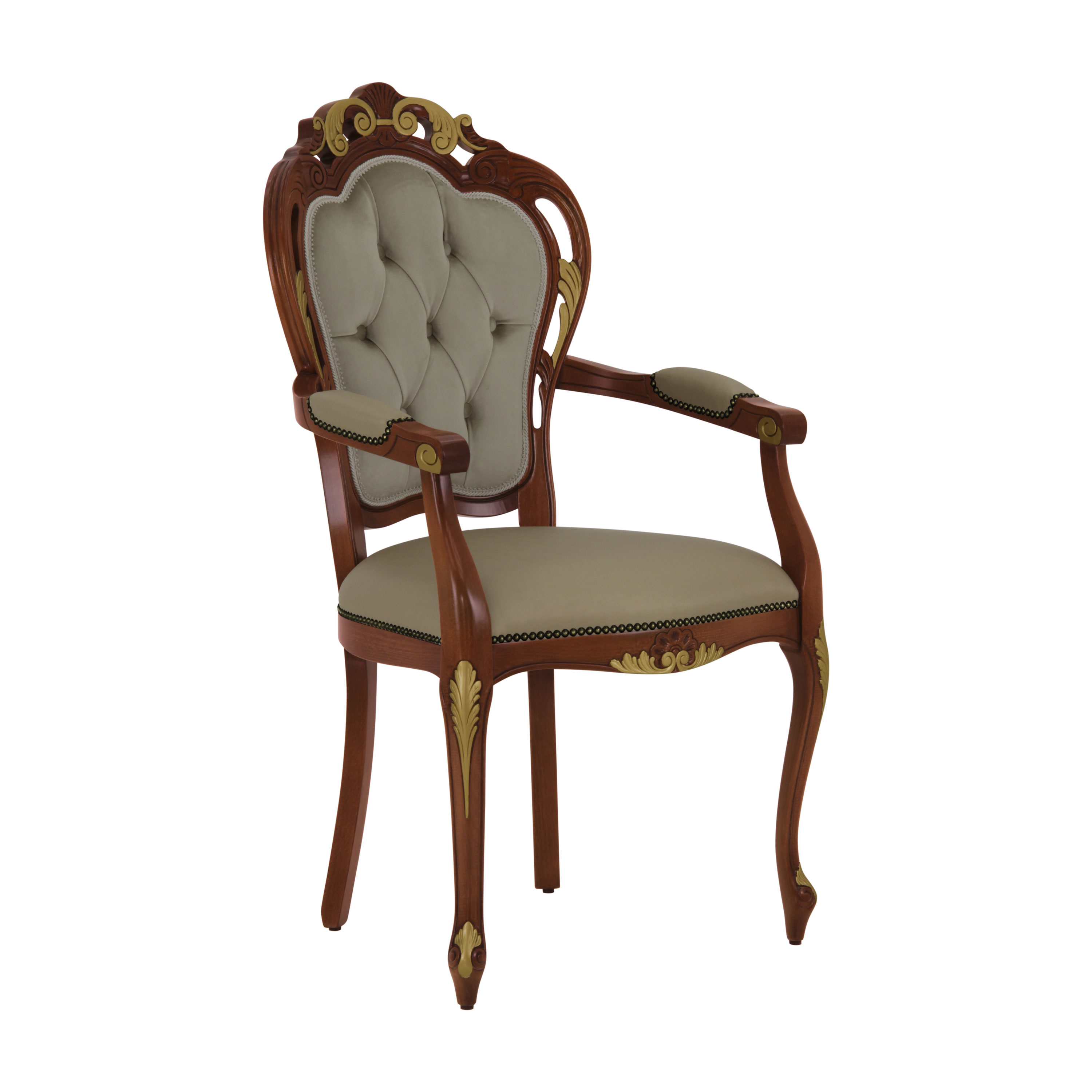
To incorporate Gothic furniture into a modern classic interior design, consider using statement pieces with bold, dramatic features, such as a carved wooden bed frame or a Gothic-inspired chandelier. These elements can be balanced with more contemporary furnishings and accessories for a unique and sophisticated look.
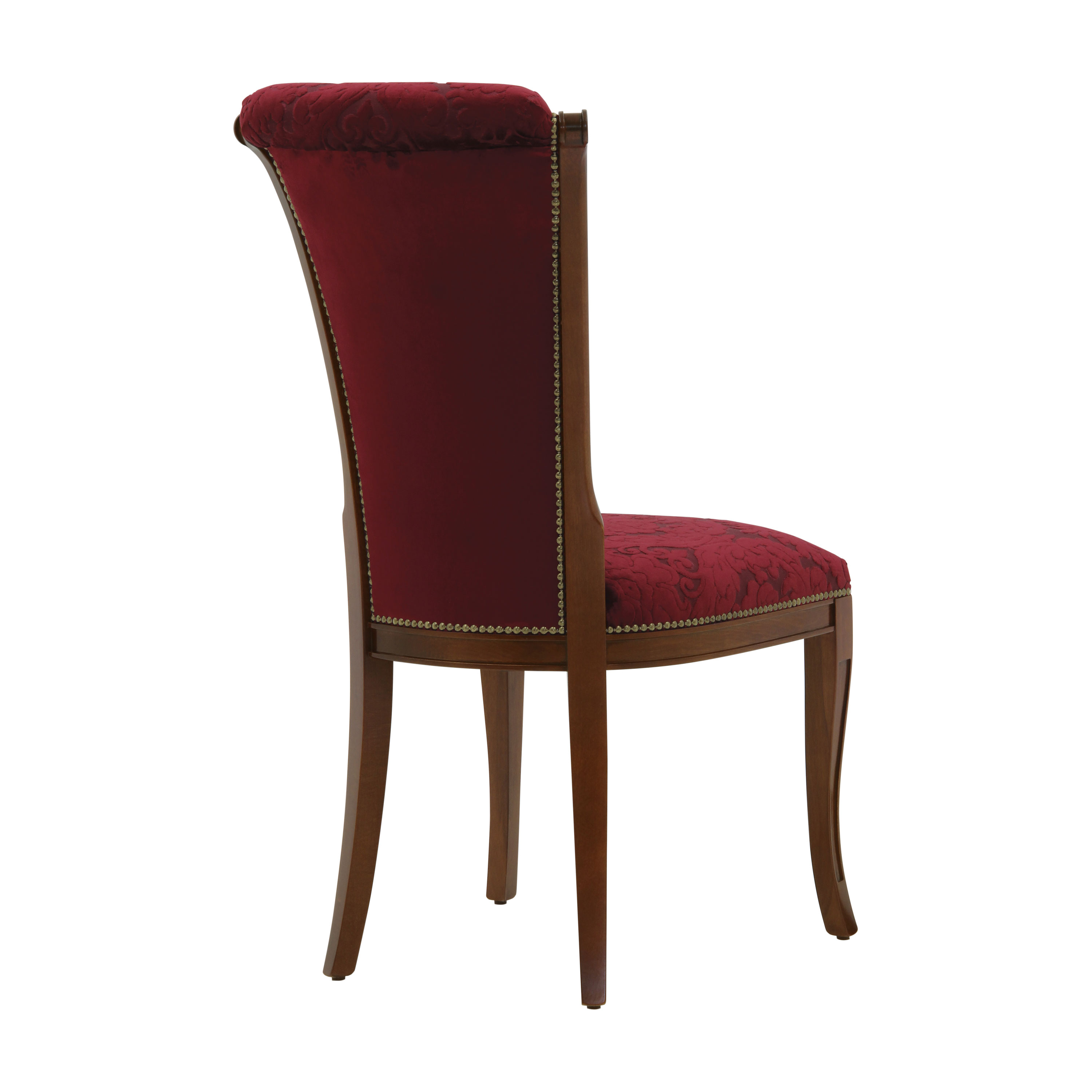
3. Renaissance Furniture: The Rebirth of Classical Design
Renaissance furniture emerged during the 15th and 16th centuries in Italy, marking a rebirth of classical design principles. This style is characterized by its use of rich materials, intricate carvings, and elegant proportions. Some popular long-tail keywords related to Renaissance furniture include “Italian Renaissance furniture,” “Renaissance furniture history,” and “Renaissance revival furniture.”
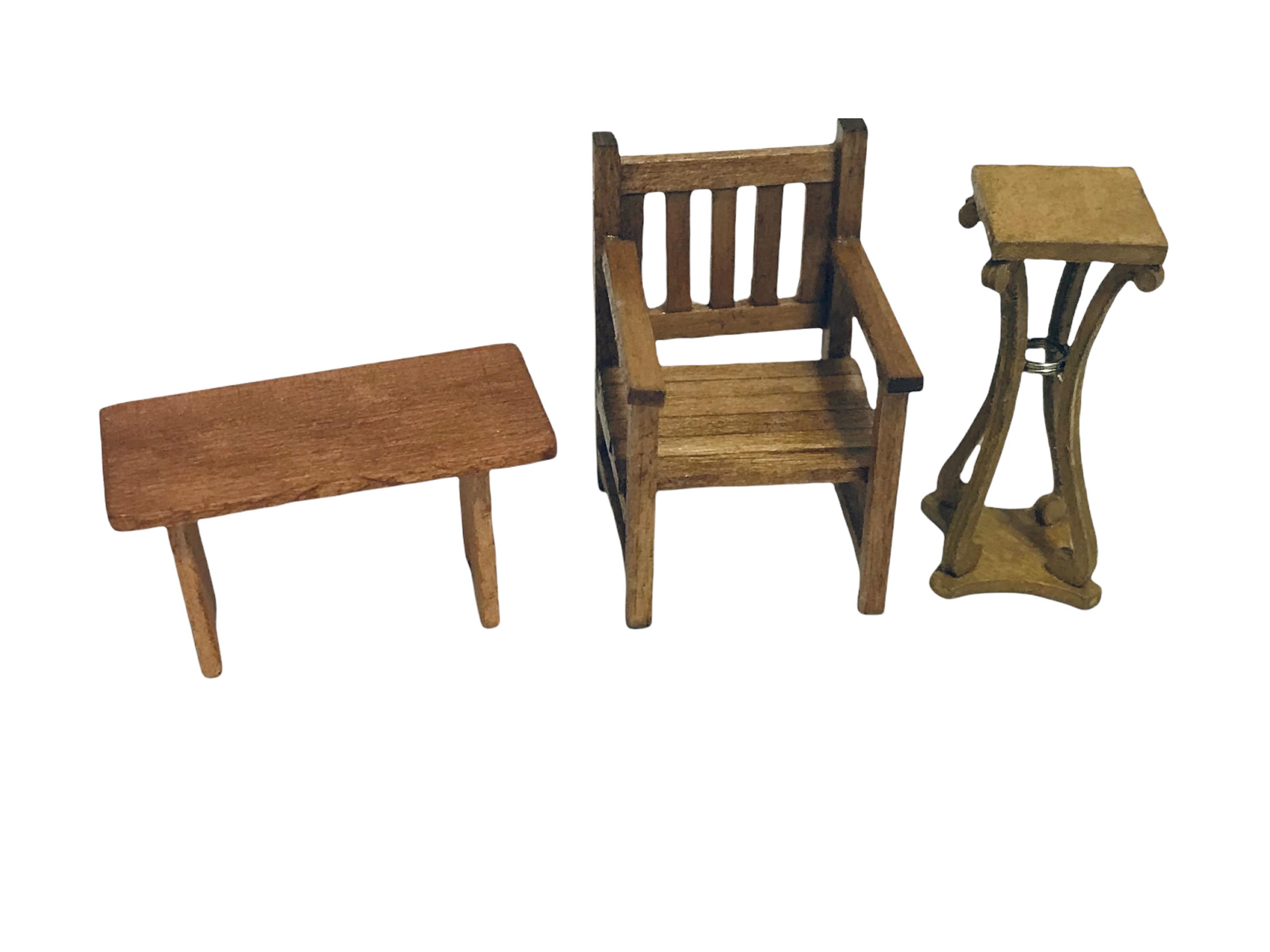
Integrating Renaissance furniture into a modern classic interior design can be achieved by incorporating pieces with ornate carvings and luxurious materials, such as velvet upholstery or gilded accents. These elements can be combined with more streamlined, contemporary furnishings for a balanced and refined aesthetic.
4. Baroque Furniture: Opulence and Extravagance
Baroque furniture originated in 17th-century Italy and is known for its opulent and extravagant designs. This style features elaborate carvings, gilded accents, and bold, curvaceous forms. Some popular long-tail keywords related to Baroque furniture include “Italian Baroque furniture,” “Baroque furniture history,” and “Baroque style furniture.”
To incorporate Baroque furniture into a modern classic interior design, consider using statement pieces with ornate details and luxurious materials, such as a gilded mirror or a velvet-upholstered armchair. These elements can be balanced with more minimalist, contemporary furnishings for a striking and sophisticated look.
5. Rococo Furniture: Elegance and Whimsy
Rococo furniture emerged in 18th-century France as a more playful and whimsical alternative to the Baroque style. It is characterized by its delicate carvings, pastel colors, and asymmetrical designs. Some popular long-tail keywords related to Rococo furniture include “French Rococo furniture,” “Rococo furniture history,” and “Rococo style furniture.”
Integrating Rococo furniture into a modern classic interior design can be achieved by incorporating pieces with elegant curves, intricate carvings, and soft colors. These elements can be combined with more contemporary furnishings for a charming and sophisticated aesthetic.
6. Neoclassical Furniture: The Return to Antiquity
Neoclassical furniture emerged in the mid-18th century as a reaction to the excesses of the Baroque and Rococo styles. It is characterized by its simple, elegant forms, and its inspiration from ancient Greek and Roman design. Some popular long-tail keywords related to Neoclassical furniture include “Neoclassical furniture history,” “Neoclassical style furniture,” and “French Neoclassical furniture.”
To incorporate Neoclassical furniture into a modern classic interior design, consider using pieces with clean lines, classical motifs, and understated elegance. These elements can be combined with more contemporary furnishings for a timeless and refined aesthetic.
7. Victorian Furniture: The Height of Eclecticism
Victorian furniture emerged during the 19th century in England and is characterized by its eclectic mix of styles, materials, and ornamentation. This style often features elaborate carvings, rich upholstery, and intricate details. Some popular long-tail keywords related to Victorian furniture include “Victorian furniture history,” “Victorian style furniture,” and “antique Victorian furniture.”
Integrating Victorian furniture into a modern classic interior design can be achieved by incorporating statement pieces with ornate details and rich materials, such as a carved wooden sideboard or a velvet-upholstered sofa. These elements can be balanced with more contemporary furnishings for a unique and sophisticated look.
Classical furniture styles offer a timeless appeal that can be seamlessly integrated into modern classic interior design. By incorporating elements from Greek and Roman, Gothic, Renaissance, Baroque, Rococo, Neoclassical, and Victorian styles, you can create a sophisticated and elegant space that transcends trends and fads. Embrace the rich history and enduring beauty of classical furniture styles to elevate your modern classic interior design.
